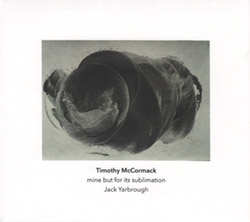
Composed for and performed by pianist Jack Yarbrough, Timothy McCormack's mine but for its sublimation is a resonant and formally immersive solo piano work that explores gesture, vulnerability, and transformation through precise touch, spatial decay, and evolving harmonic tension, revealing a deeply personal and physical engagement with the piano's sonic possibilities.
In Stock
Quantity in Basket: None
Log In to use our Wish List
Shipping Weight: 3.00 units
EU & UK Customers:
Discogs.com can handle your VAT payments
So please order through Discogs
Sample The Album:
Timothy McCormack-composer
Jack Yarbrough-piano
Click an artist name above to see in-stock items for that artist.
Label: Another Timbre
Catalog ID: at239
Squidco Product Code: 36219
Format: CD
Condition: New
Released: 2025
Country: UK
Packaging: Cardboard Gatefold
Recorded at Oktaven Audio, in Mount Vernon, New York, by Ryan Streber.
"mine but for its sublimation is about resonance, register, and touch. It is about where we lead ourselves when we trust ourselves. It is experiencing trust as a chain of clearings, a sequence of becomings, openings, centerings. It is about letting go; othering; finding presence through evaporation. Obliteration."-Timothy McCormack
Another Timbre Interview with Timothy McCormack
First could you tell us about the piece. How did it come about, and have you written long piano solos before?
I have written long solo pieces before - for a number of years now my work has operated on a certain expansive order of form and time - though never a piano solo before this one. In fact, I had avoided the instrument very intentionally, until I discovered a strange chord. Between 2012-2016 I wrote a few chamber pieces that included piano, and in each of them, this same chord found its way in. But I resisted whatever it was trying to tell me, as at the time I believed my work to speak only a language of lines, not of points; of unbroken sounds that have the capacity to be morphed and modulated (in timbre, dynamics, degrees of noise, etcÉ) smoothly and continuously. So I didnÕt believe the piano had much to offer me, or I was afraid of confronting what it might do to my music if I did. Secondly, at the time, I simply did not think that I was interested in tone or interval or harmony; I was far more interested in noise and morphology. So the fact that a certain chord seemed so compelling to some unvisited part of my brain disrupted what I thought was fundamentally the identity of my music. But eventually, with some encouragement of friends and collaborators, this chord brought forth the possibility of a piano solo. But it still took some time to accept the intervention.
So it started with a chord, but it took the COVID pandemic to bring me to actually start writing this piece. It was a very spontaneous decision to actually commit to it, made months into the pandemic, when we were all trying new things. Some of us started baking sourdough bread; I wrote a piano solo.
I had intended for this piece to be a small side-project, but as I worked on it, and as I started to grasp exactly what was happening to my music through this piece, it eventually became the sole focus of an entire year of composition. I had been working on the piece for about a month before I realized that I was really writing this piece for Jack Yarbrough. The heightened wager the piece places on touch, on affect, but also on form; on sensitivity to mechanism and balance in one register of the instrument versus in anotherÉ the piece, or what it was shaping up to be, was exactly mapped onto JackÕs very idiosyncratic and exacting and sensitive playing. JackÕs intervention and the nature of our collaboration heightened the sense that what was happening here was actually rather quite heavy and devastating. We went there together, we discovered this place together. It was a situation of total trust and mutual pushing and learning.
In the end, mine but for its sublimation, and Jack Yarbrough, changed my music. I was a different person before writing this piece than I was after. By embracing the piano as such (in that its vernacular is one of points rather than lines, of tone rather than of noise) I took risks I never had before, and I felt more in communion with pure form than I had ever felt before within a compositional process.
The piece obviously uses a lot of repetition, and a good deal of long resonance. Is that typical of your music?
That there is repetition is objectively true. However, it does not feel like repetition to me - upon reading the question I had to reflect as to whether there was any repetition in the piece at all, before immediately realizing that, yes, itÕs all over the place. But it is never repetition as such; it is always a sleight of hand at service to formal and morphological change. The piece employs repetition so as to covertly enact development and transformation into other spaces. For example, the very beginning of the piece is perhaps its most discretely repetitive. However, the repetitions are on an extremely local level: it is either this-or-that, low C-sharp or high D-sharp (always with a diatonic cluster in between). It is not a figure or a gesture that is being repeated, it is only a vacillation between two points. So the listenerÕs attention is drawn to this local teetering; meanwhile, eventually, within this wavering pulse the repetition establishes, changes begin to happen, and things begin to drift upwards. We are maybe aware of that, but it subtly brings us to a register and a behavior that is eventually very different from where we began. The discrete repetitions are washed out, but we cannot place when that happened. The entire piece operates through these formal mechanisms: either baiting us with local-level microvariation between impulses so as to gradually, unobtrusively bend the material elsewhere on a more global level, or, sometimes, devastatingly, to lull us into a sustained state only to encounter a moment of conclusive and sudden severing of that state into the next. But there is always a connection, a bridge between these states; something always resonates through a process or a severing.
Which brings us to the second part of your question: resonance. Resonance was part of my music before this piece insofar as it is a mechanism of saturation. However, resonance as such - as something that decays but also blooms within that decay; as something that is distinct from but follows from attack, and is given space to be attended to by a listener - this is new for me. My work before this piece was much more dependent on sustain. And while mine but for its sublimation finds its way to sustained states, it is overwhelmingly about resonance, as well as the idea that attack and touch are the provenance of resonance. We hear this in the pieceÕs harnessing of register. For more than half of the piece, material is kept in very delineated registeral vectors: First in the middle/upper-middle, then in the icy highest register, then a brief return to the middle (somewhat lower) so as to pivot into the depths. Each of these spaces has a completely distinct behavior of resonance, and the piece induces our ears into attending to each space as a distinct and unique vibratory sensation before establishing a counterpoint between these resonant spaces.
For the pianist, the resonating space is an extremely vulnerable place. There is literally nowhere to hide. The conditioning of that resonance can only occur before the resonance, through the intention brought to an attack. We never touch resonance; we only touch the attack, and the instrument answers with resonance. OneÕs fingers initiate an attack, but in the resonance is only oneÕs fingerprint. It is so vulnerable to not be able to change a thing, to accept what has happened and to sit with that throughout a decay. This is why I realized that I was actually writing this piece for Jack Yarbrough: he has a relationship with touch that I have never quite encountered before, and I think thatÕs because he has developed a deep relationship with the resonance of the piano, and with the piano as agentic, generous, responsive collaborator.
What about the title? What does this refer to, and how does it relate to the music itself?
The ŌsublimationÕ of the title refers both to transference of energy in sound production, as well as to an erotics of form enacted by the piece over its duration. ŌSublimationÕ as the passing of matter from a solid state directly into a vaporous state, which addresses my previous statements on resonance. Through the mediating agent of the piano itself, the performerÕs attack is transferred immediately into resonance; their touch immediately into vibration. In idiomatic playing, one touches the piano, but never its sound; your fingers on the keys, but only ever oneÕs fingerprints in the sound. Therefore, the sound I generate on a piano is only ever mine but for its sublimation into resonance and vibration. The entire piece is a negotiation of this fact, and it takes it further and further into situations in which this proposition becomes problematized. The first half has the performer playing on the keys, never Ņtouching the sound.Ó In one crucial and severing moment, the piece pivots into a world of harmonics, the production of which does have the performer intervening on their own attack by touching with one hand the vibrating string at specific nodal points at the moment that the other hand depresses a corresponding key: touch the string so as to condition its vibration. Beyond that, EBows creep into the room, creating vibration without the initiating attack and without the necessity of touch: a total sublimation into vapour.
But there is also a less haptic, more experiential sublimation happening at the order of form. In a number of formal maneuvers, the piece brings us to a place. The motion from one register to another; the navigation of different viscosities of harmony and texture; the various and improbable emergences of motive, melody, or harmony; in that one type of intonation is eventually contracted by another; the shifting of an earthly, counted sensation of time to a more saturating, subsuming sense of time; etcÉ The piece is a delicate but assured balance of proportion and event which, I hope, induces a state of sunken attention in the listener. There is an inevitability to where we arrive at any given moment, but I donÕt believe any of these arrivals are particularly anticipated. The listener submits to the form of the piece, and this submission is a powerful and intense state of attention to find ourselves brought to. One listener shared their experience thusly: ŅI want to be this piece; or I want the piece to happen to me; I want to be the piano.Ó And this is what I mean by an erotics of form; a sonic and formal discourse that induces in the listener a desire not to simply listen but to be the thing itself. Listening as submission as inscendence: to sink into a thing, to nest, burrow, and be subsumed. This experience is ours, but for its sublimation. It is vibrations & resonances in space over time: we cannot touch it (the sound, the experience); we can only desire towards it. I like accessing this space, but its provenance is ultimately not sound, but form. Sound cannot touch form; it can only articulate it.
Can you tell us about your background in music; where you studied, and what stands out for you in what you've done previously?
I started composing when I was perhaps around 13 years old as a result of learning instruments. I had already started taking lessons in or teaching myself percussion, flute, and (appropriately) piano, and I think the compulsion to write for these instruments was a natural extension of learning them. Before finishing high school, I would also learn guitar, oboe, and bassoon, the last of these somehow becoming my primary instrument. IÕm not sure I would have started composing if I had just stuck to one instrument.
I did my undergrad at Oberlin Conservatory, after which I went on to Huddersfield University for an MPhil, and finally my PhD at Harvard. After Harvard, I joined the composition faculty at Boston Conservatory, and now IÕm at UCSD. I add these because through teaching and working with the young composers at these institutions, I learned so much and my music developed exponentially. mine but for its sublimation was written while teaching at BoCo (and while Jack Yarbrough was there as a masters student in contemporary performance); While the piece would not have been possible without my PhD experience, I also absolutely could not have written it during my PhD. It was only after my PhD that I learned how to be flexible enough with my own project to create something like this piano solo. Effectively, it was while teaching that I learned not to confuse material for identity; suddenly anything had potential and relevance: that aforementioned chord & all its implications, not to mention the pivotal triadic moment midway through the piece. (This strange chord that I keep on referencing? ItÕs the chord at roughly 18 minutes into this recording, which the piece gets stuck on for the following several minutes. Listeners of this disc will have plenty of time to consider it as IÕve considered itÉ)
The throughline throughout most if not all of my work from Oberlin until now is the idea of (or what would eventually articulate itself as the idea of) physicality. At Oberlin, this was mainly evident in the visceral energy and frenetic, thorny gestural language of both the music I wrote but also of the music I was excited about. Discovering the music of Helmut Lachenmann and Brian Ferneyhough and Richard Barrett was huge for me at the time, and it was through parroting their gestural and contrapuntal language that I first started to value the sense of physical energy being evident not only in performance but somehow in the sound itself. At Huddersfield, I researched physicality as intersecting with instrumental mechanism; how consideration of these things could become the basis for a sonic sensibility. Energy became tactility. I considered sound to be matter, to have mass. Interventions in painting (Gerard Richter) and dance (William Forsythe) were particularly important, but so were my performer collaborators, as they brought me closer to their instruments. During my PhD, my music slowly began to chill out, and physicality no longer necessarily meant gesturality. I searched for some sort of projection of physicality (which up to this point had mainly conditioned material) upon form: timescales of pieces expanded and a certain dark hermeticism replaced the former freneticism. Tatility became viscosity. Now IÕm in some strange place of abundance where the idea of physicality is so elemental, so sunken into how I think about sound and time, that itÕs there, palpable, but completely undemonstrative. My work now requires performers to access a far more centered, withdrawn, private communion with their own bodies, and with that of their instruments, and with those of their ensemble collaborators. ItÕs a heightened, acute, intense state of physicality and proprioception for the musician to produce and shape and maintain the sounds IÕm asking them to generate (and also the forms IÕm constructing), though this physicality is practically invisible to an audience member. Only through a certain charge in the sound does it communicate itself. Viscosity has become vulnerability.
I'm very interested in what you said earlier, about how mine but for its sublimation has given you space to explore interval and harmony more than you had previously. In a way that reflects the shifts in my own tastes over the past few years, and I wondered if you could say more about it? Do you see it as part of a wider re-emphasis in contemporary music more generally?
I do think thereÕs some sort of shift, or a confluence of several threads that are in the air, thatÕs happened with those who are interested in being receptive to it which has led more composers to explore interval and harmony in idiosyncratic but also more plainspoken ways than in the past (but of course: whose past?). When I was an undergraduate, so much discursive air was given to Ņtonality vs atonality,Ó as if it was an episode of Celebrity Death Match. What a waste of time, because these are both systems that may or may not have anything to teach you about your music. Eventually I realized that people donÕt really know what these things are, and most of the time they just mean Ņtriadic chordsÓ and Ņminor seconds.Ó ItÕs far more interesting and productive to simply think of interval, and to think of a discourse amongst intervals that can emerge over time. Consonance is useful; dissonance is useful. Work with these things long enough and eventually itÕs not so clear when one is one vs the other. And thatÕs form: creating a context for something to be perceived as something.
Also, for me, tone is inextricable from timbre, which means that it is inextricable from noise. It was only when I started working with noise that I started getting really intentional with tone and interval, though I wouldnÕt acknowledge this for many years into that journey. We hear this very clearly in my music from 2014-2018 or so: I am only ever orchestrating noise that has veiled, sunken, but luminous tone buried deep within it, and I am only ever presenting tone which is encrusted with noise. This also is due to my focus on physicality: itÕs not just this tone that I want, but this tone as produced in this particular way, which leaks air or bow noise or something of its physical production into it. Hearing these concerns expressed in very different ways than my own by other composers has also been very inspiring. Whereas before I invoked Lachenmann and Ferneyhough and Barrett, here I might invoke Catherine Lamb and laine Radigue and Michelle Lou. It might also be conditioned by certain pop music that IÕve loved for much of my life: shoegaze, My Bloody Valentine, Grouper, Mount EerieÉ All of these musicians bring tone and noise very close to each other, and sink very pure melodies within more hazy, viscous, abrasive textures. Listen to something for long enough and you risk thinking about itÉ
But ultimately, for me, I needed form to fully bring me to things like tone and interval and harmony. It relates to this journey IÕve been on from material to form, all guided by this continuing and expanding preoccupation with physicality. At one point in this journey, thinking about physicality meant that I was putting the wager heavily on material. Thinking about how our bodies connect to instruments to activate vibration and to sustain and modulate sound: this is material. Thinking about how instruments are constructed to generate vibration and connect to and respond to our bodies in certain specific ways: this is material. Building a sonic language that is all about how a sound is produced on acoustic instruments: itÕs material. And while material is still extremely important for me, I now realize that I felt I needed my material to be a certain thing, to sound a certain way, to behave a certain way in order for my music to be My Music. This is what I meant when I said, above, that I was confusing material with identity. Now, material is in much greater reciprocity with considerations of form. Through form, anything is possible, because form really is experience. Form is what emerges from my own sensibility, my own listening, my own ways of processing information, my own means of relating to others. So, from that perspective, material is both inert and pluripotent, and I can use any material and give it valence and meaning through form, because form literally is a reflection of my identity and sensibility. Form, in a way, has become material, in that itÕs what IÕm most in communion with while composing. mine but for its sublimation was the first piece of mine to be composed in this heightened state of reciprocity with form, and in so doing, the piece led me to these strange but luminous relational places including, but not limited to, harmony and interval. I was able to invite them into my practice because form led me there and justified them, without baggage and without history, but with necessity and contingency and inevitability. The piece is, to quote Eugenie Brinkema, Óa work, then, not about form, but of form.Ó Despite it containing so many types of materials that I never allowed in my music before, mine but for its sublimation saw me at my most honest, vulnerable, and true.
Artist Biographies
• Show Bio for Timothy McCormack "Timothy (Ti) McCormack (1984) writes haptic, viscous music which makes audible the tactile, physical relationship between a performer and their instrument. Sometimes ecstatic, sometimes hermetic, their music threads an intimacy between tone and noise to create strangely affecting sonic ecologies which alter one's perception of time. They also engage with contemporary queer aesthetics: hæmal ancestries, incurable disease and its histories, mourning, listening, and the erotics of form. They have been commissioned by ensembles such as: Ensemblekollektiv Berlin Klangforum Wien the JACK Quartet the Schallfeld Ensemble musikFabrik the ELISION Ensemble Curious Chamber Players MAM.manufaktur für aktuelle musik the [Switch~ Ensemble] Line Upon Line Percussion and organizations or festivals such as: the Wittener Tage für neue Kammermusik the impuls Festival ON - Neue Musik Köln Their music has also been performed by Ensemble Recherche, Ensemble Nikel, Collegium Novum Zürich, ensemble mosaik, Ensemble Dal Niente, the Talea Ensemble, and wasteLAnd; and programmed on the Wien Modern, Klangspuren, Darmstadt, Huddersfield, Maerzmusik, Eclat, Ultraschall, TRANSIT, Kalv, PGNM Bremen, and LUL Winter Composer festivals. Their work can be heard on the Kairos and Huddersfield Contemporary Records labels. McCormack is the recipient of the Ernst von Siemens Music Foundation Composers' Prize (2018). They won the Impuls International Composition Competition (2019) which resulted in a new work for Vienna's Klangforum Wien. They were also awarded the George Arthur Knight Prize (2014) for their piece you actually are evaporating, as well as the John Green Fellowship (2017) for their "demonstrated talent and promise as a composer," both from Harvard University. McCormack currently teaches at University of California San Diego (UCSD), where they are Assistant Professor of Composition. Prior to that, they taught at Boston Conservatory at Berklee. They received their PhD from Harvard University (2019), where they studied with Chaya Czernowin and Hans Tutschku. They also studied at the University of Huddersfield with Aaron Cassidy and Liza Lim, as well as at the Oberlin Conservatory of Music with Lewis Nielson and Randolph Coleman. They have participated in the Schloss Solitude Sommerakademie (2009) and the Tzlil Meudcan Summer Courses (2012). From 2014-17 at Harvard University, they were the director of the Harvard Group for New Music, organizing concerts and residencies with ensembles such as Ensemble Dal Niente, the JACK Quartet, Ensemble Recherche, musikFabrik, the ELISION Ensemble, and many others. In addition to music, McCormack has also studied contemporary dance with Jill Johnson and has worked in masterclass or choreographic settings with William Forsythe, John Jasperse, Christopher Roman and Riley Watts." ^ Hide Bio for Timothy McCormack • Show Bio for Jack Yarbrough "Jack Yarbrough is a pianist working in the fields of contemporary and experimental music. Largely devoted to the solo piano recital as a means of temporal and perceptual expansion, Jack has commissioned several large scale works with the goal of revitalizing piano repertoire in the face of its increasing obsolescence. He has collaborated closely with composers including Timothy McCormack, Bunita Marcus, Richard Barrett, Marti Epstein, Victoria Cheah, Jack Langdon, John Eagle, Kory Reeder, and Bahar Royaee. Active as a chamber musician as well, he has performed with and alongside ensembles including Ensemble intercontemperain, Yarn/Wire and Ensemble X. Jack has received recognition from journalists including Alex Ross, Tim Rutherford-Johnson and Steve Smith. As a member of Alinéa, he has received press coverage as well as a nomination for the Royal Philharmonic Society awards. Born outside of Birmingham, Alabama, Jack currently resides in Ithaca, NY. He holds a Masters of Music in contemporary chamber music performance from the Boston Conservatory and a Bachelor of Music from the University of Kansas. Jack is currently completing a Doctorate of Musical Arts in performance practice at Cornell University, where he is a Sage fellow and teaches an active piano studio. Jack's teachers include Stephen Drury, Xak Bjerken, Michael Kirkendoll and Jack Winerock. Future projects include a CD release of Timothy McCormack's mine but for its sublimation as well as a reconstruction of Maryanne Amacher's Petra with Thomas Feng. His recordings can be heard on Sawyer Editions." ^ Hide Bio for Jack Yarbrough
6/25/2025
Have a better biography or biography source? Please Contact Us so that we can update this biography.
6/25/2025
Have a better biography or biography source? Please Contact Us so that we can update this biography.
Track Listing:
01. Mine But For Its Sublimation 1:03:48
Compositional Forms
Piano & Keyboards
Solo Artist Recordings
NY Downtown & Metropolitan Jazz/Improv
New in Compositional Music
Recent Releases and Best Sellers
Search for other titles on the label:
Another Timbre.
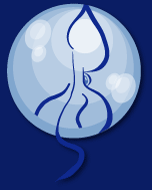

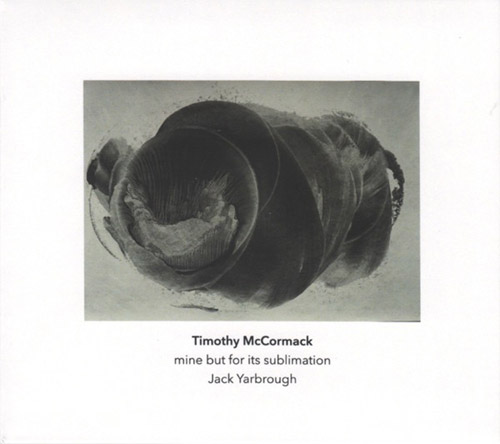
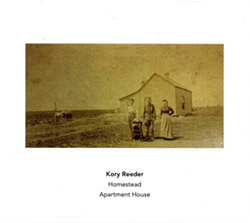
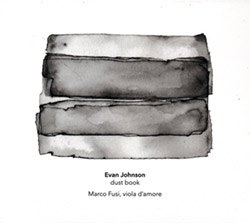

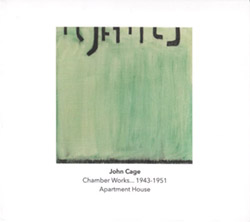

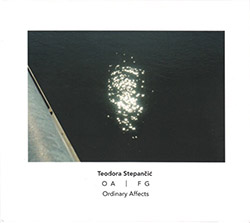
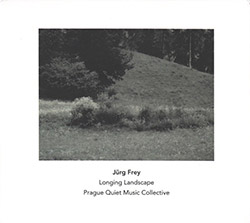

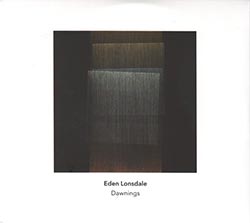
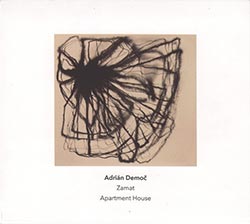
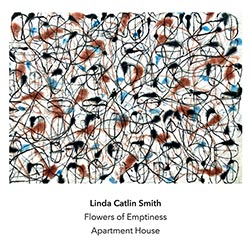

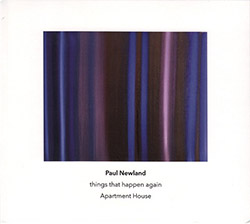
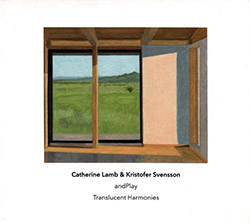
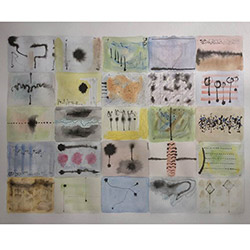
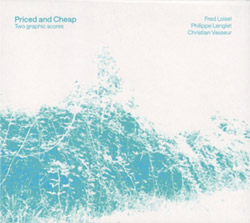

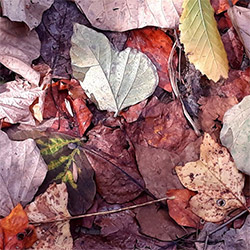
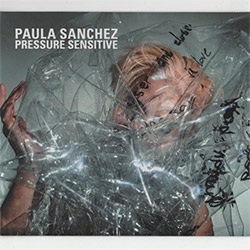
![Eternities: Rides Again [CASSETTE]](https://www.teuthida.com/productImages/misc4/36247.jpg)
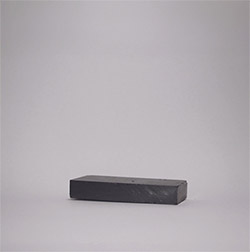
![Lopez, Francisco: Untitled (2021-2022) [2 CDs]](https://www.teuthida.com/productImages/misc4/36438.jpg)
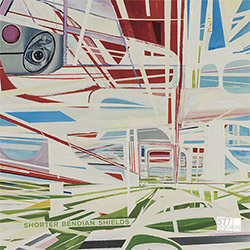
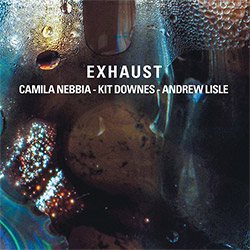
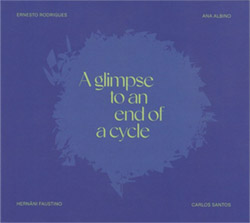
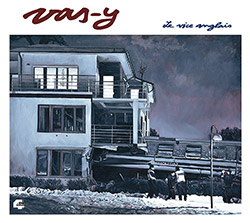
![Eventless Plot | Haarvol: The Subliminal Paths [CASSETTE + DOWNLOAD]](https://www.teuthida.com/productImages/misc4/36232.jpg)

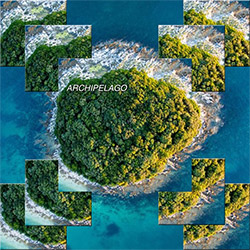
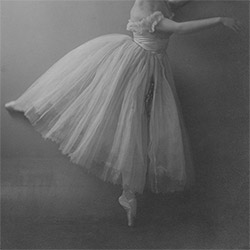

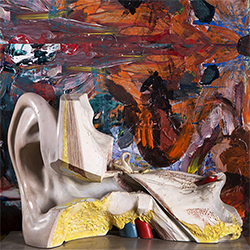
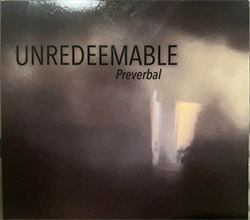
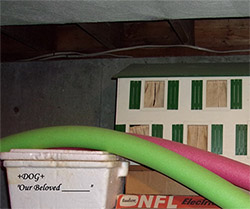
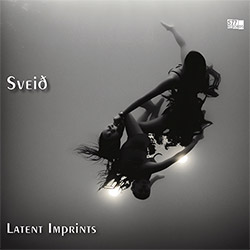
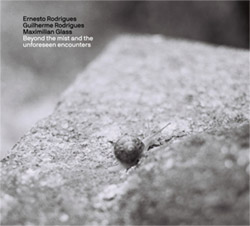

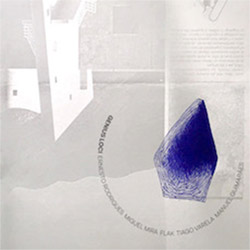
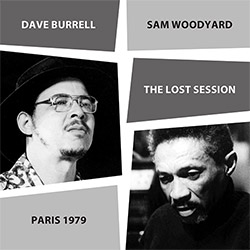
![Eventless Plot | Francesco Covarino: Methexis [CASSETTE + DOWNLOAD]](https://www.teuthida.com/productImages/misc4/36231.jpg)
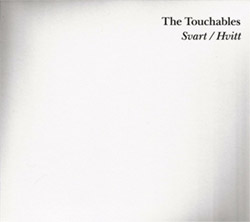
![Brown, Dan / Dan Reynolds: Live At The Grange Hall [unauthorized][CASSETTE]](https://www.teuthida.com/productImages/misc4/36245.jpg)
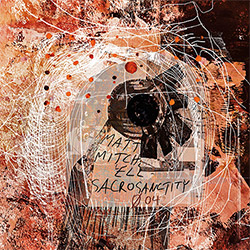
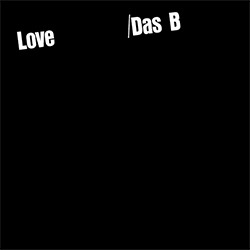
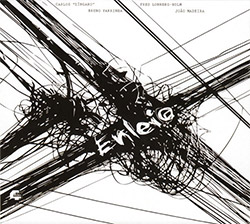
![Das B (Mazen Kerbaj / Mike Majkowski / Magda Mayas / Tony Buck): Love [VINYL]](https://www.teuthida.com/productImages/misc4/36329.jpg)
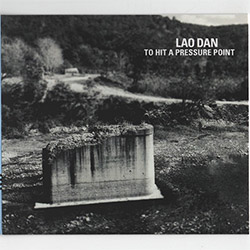
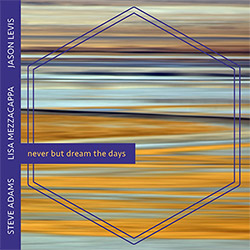
![Hemphill Stringtet, The: Plays the Music of Julius Hemphill [VINYL]](https://www.teuthida.com/productImages/misc4/36409.jpg)
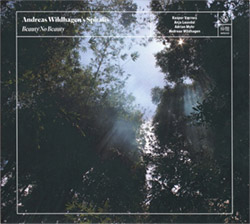
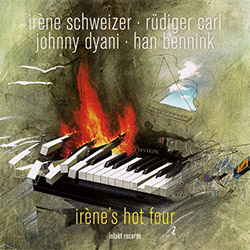
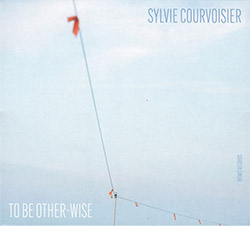
![Halvorson, Mary Septet: Illusionary Sea [2 LPS]](https://www.teuthida.com/productImages/misc4/17952.jpg)
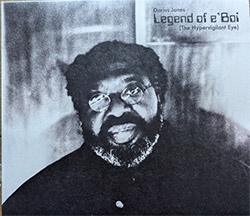
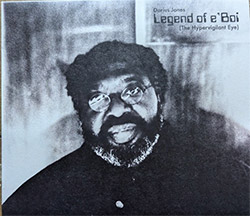
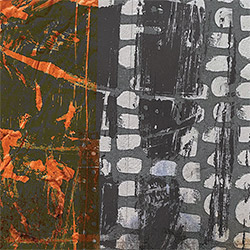
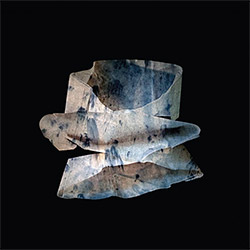
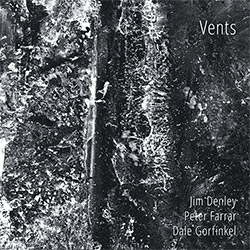

![Re-Ghoster Extended: The Zebra Paradox [VINYL]](https://www.teuthida.com/productImages/misc4/36204.jpg)
![FDF Trio: Possibility And Prejudices From Within A Cup [VINYL]](https://www.teuthida.com/productImages/misc4/36205.jpg)
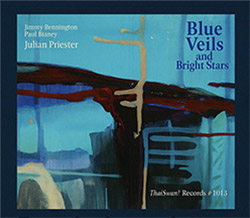
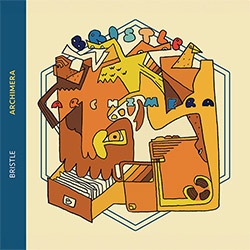
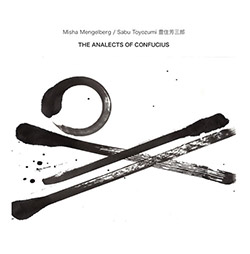
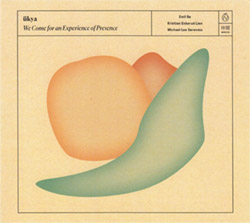
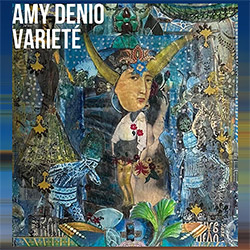
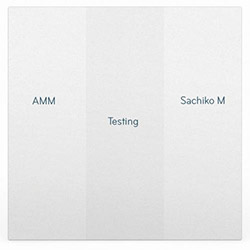
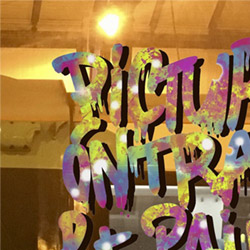
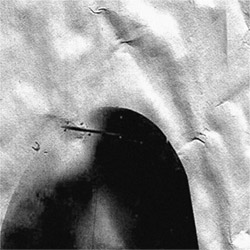
![Money : Money 2 [2 CDs]](https://www.teuthida.com/productImages/misc4/35894.jpg)
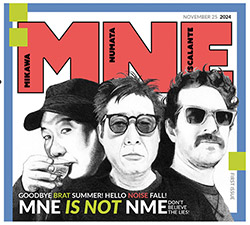
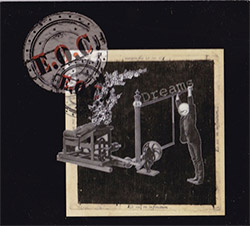
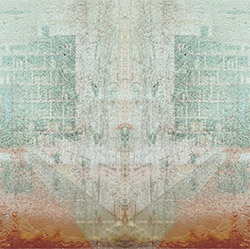
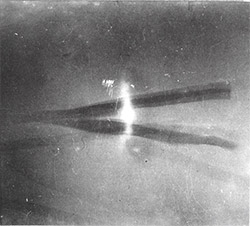
![Klinga, Erik: Elusive Shimmer [VINYL]](https://www.teuthida.com/productImages/misc4/36258.jpg)
![CHANGES TO blind (Phil Zampino): Volume 9 - I Wave on a Fine Vile Mist [CD + DOWNLOAD]](https://www.teuthida.com/productImages/misc4/36061.jpg)

![Wallmart / Rubbish: Asset Protection [split CD]](https://www.teuthida.com/productImages/misc4/35900.jpg)
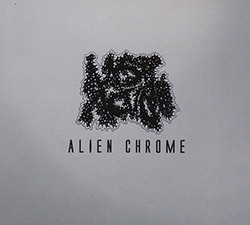
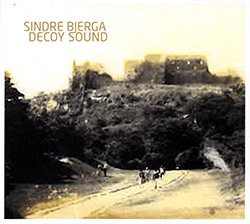
![+Dog+: The Family Music Book Vol. 5 [2 CDs]](https://www.teuthida.com/productImages/misc4/35897.jpg)
![Kuvveti, Deli : Kuslar Soyledi [CASSETTE w/ DOWNLOAD]](https://www.teuthida.com/productImages/misc4/36107.jpg)
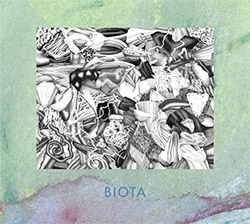
![Nakayama, Tetsuya: Edo Wan [CASSETTE w/ DOWNLOAD]](https://www.teuthida.com/productImages/misc4/36105.jpg)

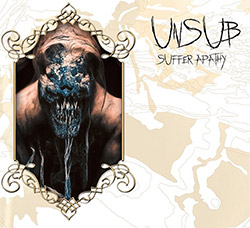
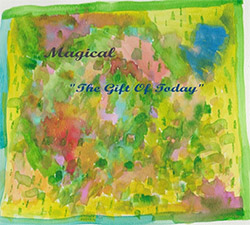
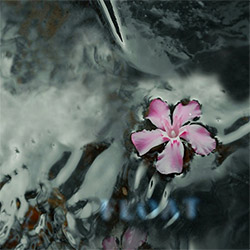
![Yiyuan, Liang / Li Daiguo: Sonic Talismans [VINYL]](https://www.teuthida.com/productImages/misc4/35957.jpg)
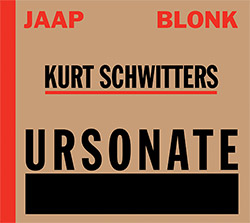
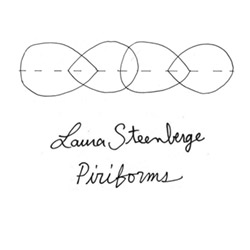
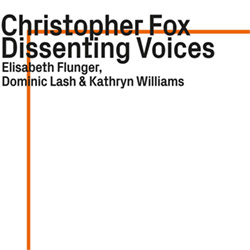
![Palestine, Charlemagne / Seppe Gebruers: Beyondddddd The Notessssss [VINYL]](https://www.teuthida.com/productImages/misc4/36206.jpg)
![Palestine, Charlemagne / Seppe Gebruers: Beyondddddd The Notessssss [NEON GREEN VINYL]](https://www.teuthida.com/productImages/misc4/36207.jpg)
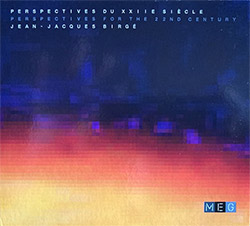
![Laubrock, Ingrid: Purposing The Air [2 CDs]](https://www.teuthida.com/productImages/misc4/35639.jpg)
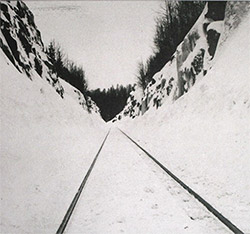
![Yoko, Ono / The Great Learning Orchestra: Selected Recordings From Grapefruit [2 CDs]](https://www.teuthida.com/productImages/misc4/35841.jpg)
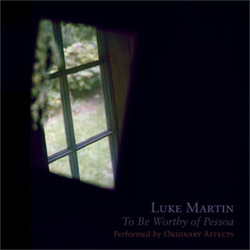
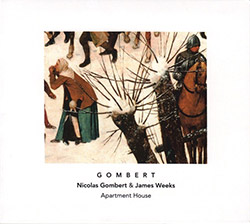

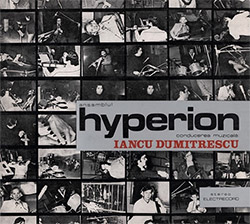
![Zorn, John / JACK Quartet: The Complete String Quartets [2 CDs]](https://www.teuthida.com/productImages/misc4/35609.jpg)

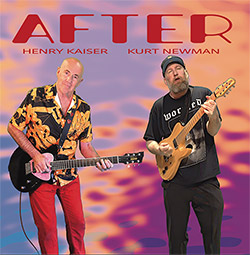
![Sorry For Laughing (G. Whitlow / M. Bates / Dave-Id / E. Ka-Spel): Rain Flowers [2 CDS]](https://www.teuthida.com/productImages/misc4/35985.jpg)

![Rolando, Tommaso / Andy Moor : Biscotti [CASSETTE w/ DOWNLOADS]](https://www.teuthida.com/productImages/misc4/36106.jpg)
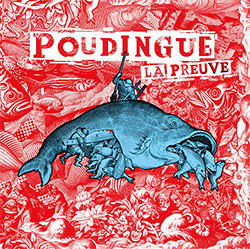
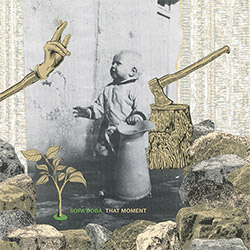
![Electric Bird Noise / Derek Roddy: 8-10-22 [CD EP]](https://www.teuthida.com/productImages/misc4/35970.jpg)
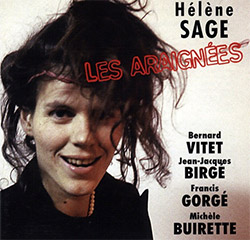


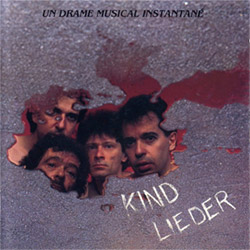
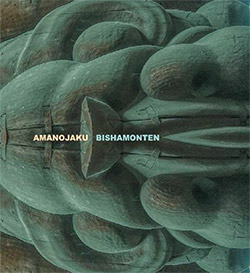
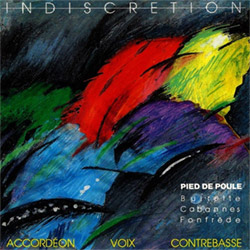
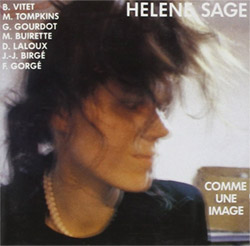
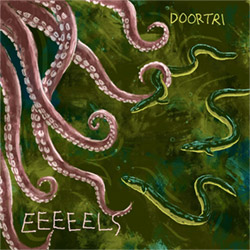
![Elephant9 : Mythical River [VINYL]](https://www.teuthida.com/productImages/misc4/34624.jpg)
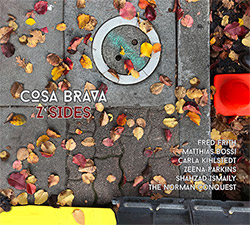
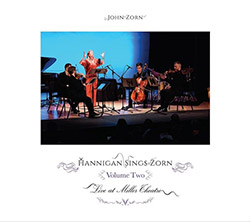
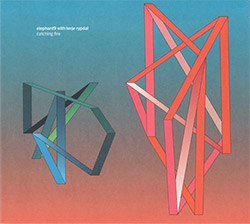
![Elephant9 with Terje Rypdal: Catching Fire [VINYL 2 LPs]](https://www.teuthida.com/productImages/misc4/35355.jpg)
![Deerlady (Obomsawin, Mali / Magdalena Abrego): Greatest Hits [VINYL]](https://www.teuthida.com/productImages/misc4/34876.jpg)
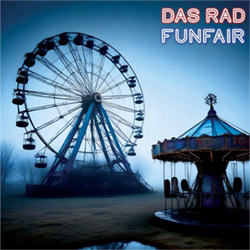
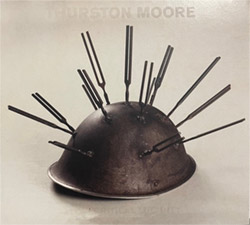
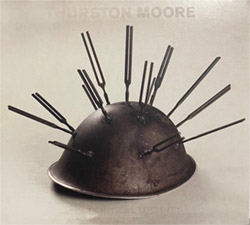

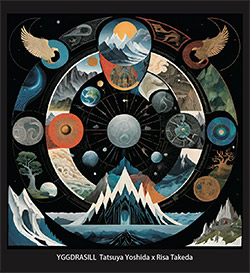
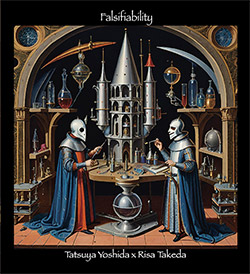
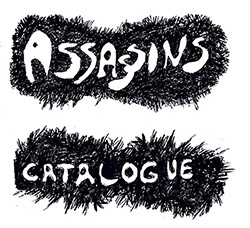
![Surplus 1980: Illusion of Consistency [CD]](https://www.teuthida.com/productImages/misc4/35069.jpg)
![Staiano, Moe: Away Towards the Light [VINYL + DOWNLOAD]](https://www.teuthida.com/productImages/misc4/35037.jpg)
![Coley, Byron: Dating Tips for Touring Bands [VINYL]](https://www.teuthida.com/productImages/misc4/17906.jpg)
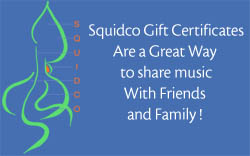
![Lost Kisses: My Life is Sad & Funny [DVD]](https://www.teuthida.com/productImages/misc4/lostKissesDVD.jpg)